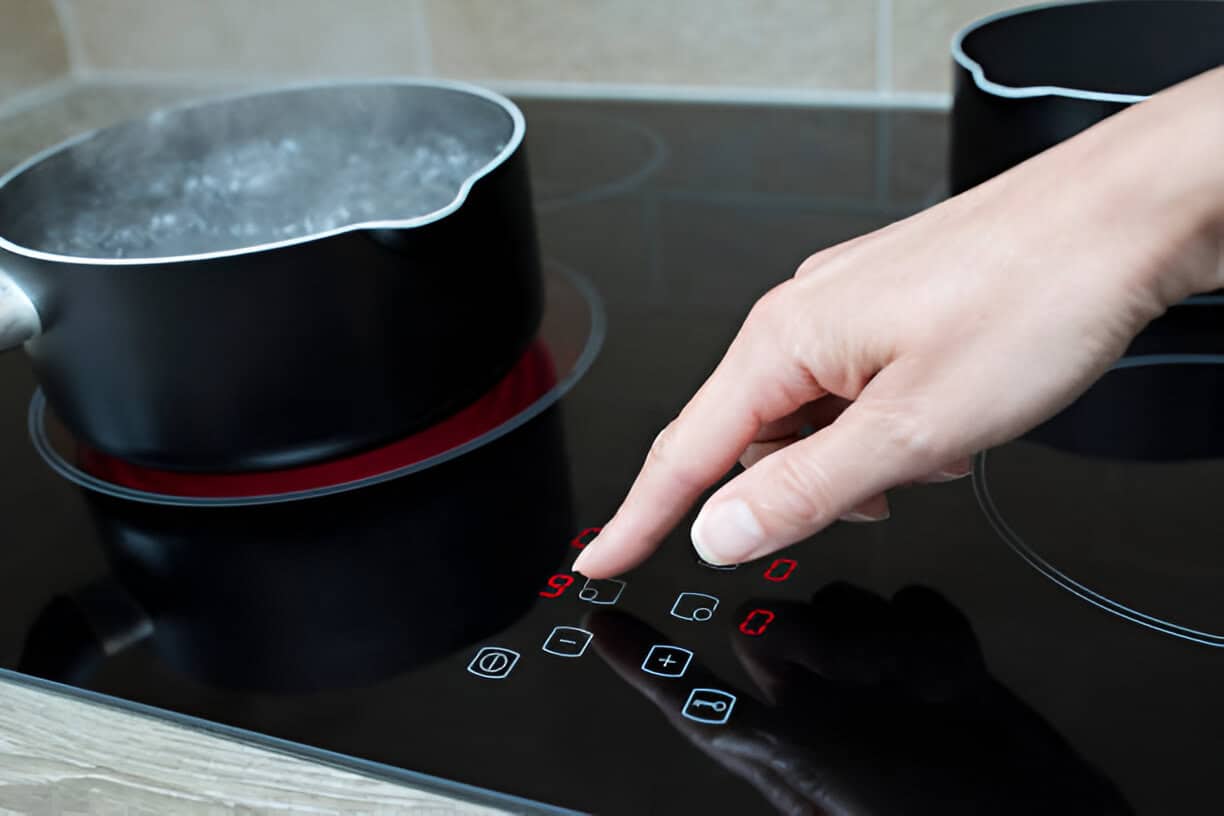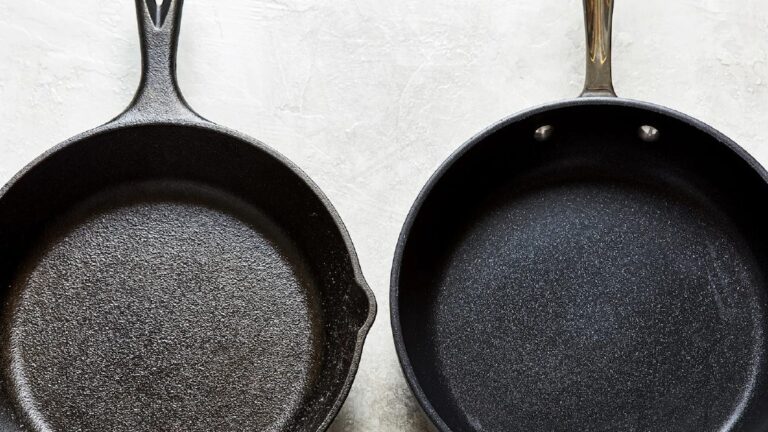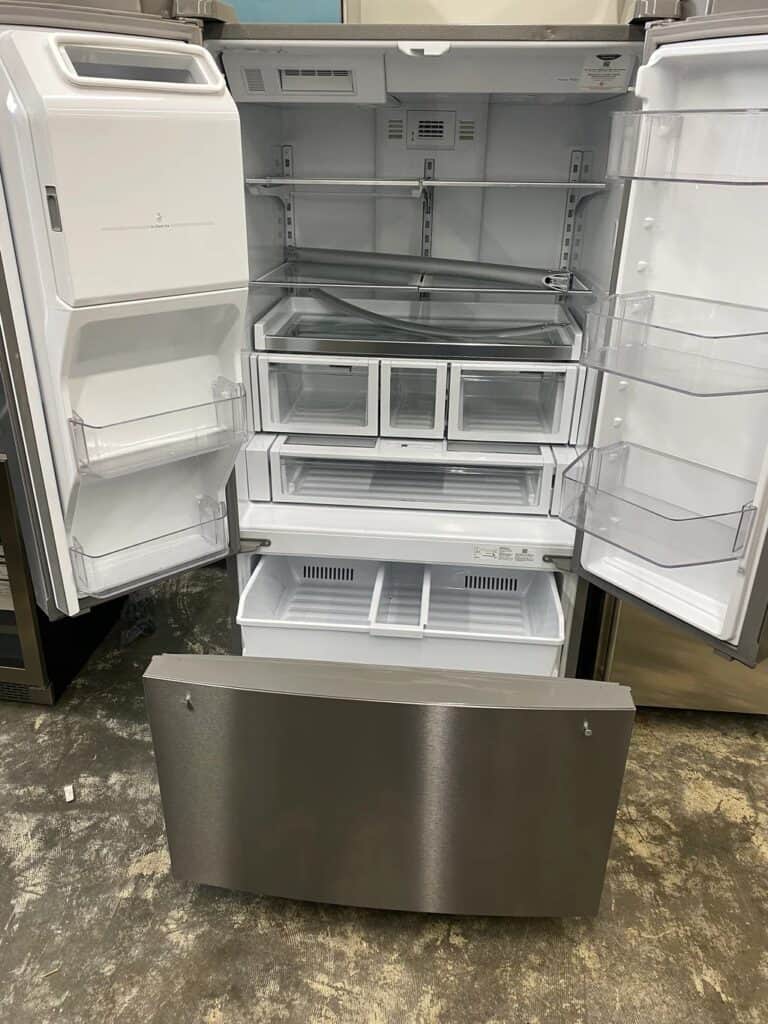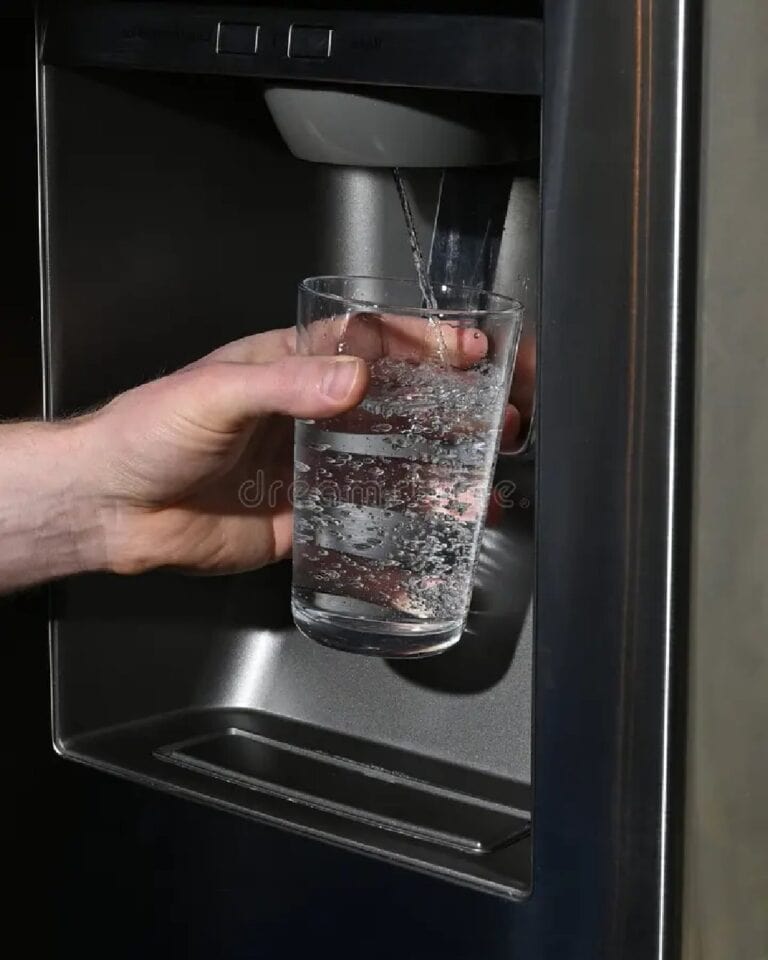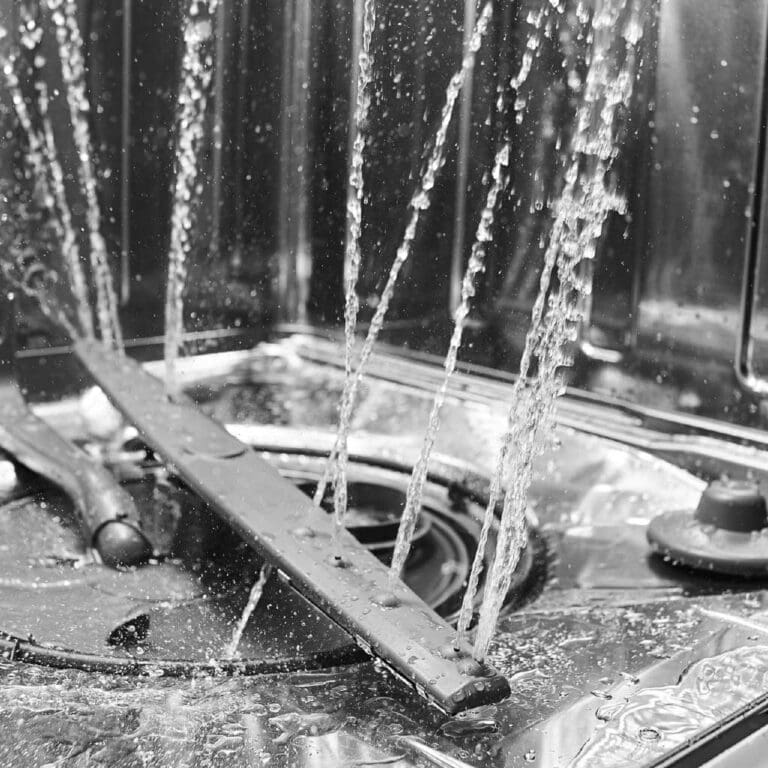Does Induction Heating Use Less Electricity? Save Money, Save Energy
Have you ever wondered if there’s a more energy-efficient way to cook? More people are asking this question. Energy costs are rising, and concerns about sustainability are growing.
Induction heating, a cutting-edge cooking technology, might just be the answer. Unlike traditional gas or electric stoves, induction heating uses magnetic fields to directly heat your cookware. It is offering a faster, more efficient method of cooking.
This article will explore if induction heating really uses less electricity than other methods. How much energy can you really save by making the switch? What are the key benefits of induction cooking beyond just saving power? Let’s explore the science behind this technology. It can help lower your energy bills and reduce your environmental impact.
By the end of this article, you’ll have a clearer understanding of whether induction heating is the right choice for your kitchen. If you want to save on electricity or be more eco-friendly, this information will help you decide if induction heating is right for you.
Understanding Induction Heating
Induction heating uses electromagnetic fields to create heat right in the cookware or material. Induction cooktops work differently than traditional heating methods. They don’t use gas or electric coils to heat pots or pans. Instead, they create a magnetic field that generates electric currents directly in the cookware.
Induction heats quickly and efficiently. This makes it a favorite for home kitchens and industrial use.
How Induction Heating Saves Electricity

- Efficiency in Heat Transfer
Induction heating is more energy-efficient mainly because it transfers heat better. Gas and electric stovetops let a lot of heat escape into the air. First, heat moves from the burner to the cookware. Then, it goes from the cookware to the food. Induction cooktops, on the other hand, generate heat directly in the cookware, reducing energy loss. Studies have shown that induction cooktops are about 84% efficient, compared to gas stoves at 40% and electric coil stoves at 74%.
- Faster Heating Times
Induction cooktops heat up much faster than their gas or electric counterparts. This rapid heating means that less energy is used to bring pots and pans up to the desired temperature. For instance, boiling water on an induction cooktop can take nearly half the time compared to a gas stove. Faster cooking times use less energy. This means lower electricity bills.
- Precise Temperature Control
Induction heating allows for precise temperature control, which reduces energy wastage. Traditional heating methods can cause food to be too hot or too cold. This leads to wasted energy and sometimes burnt meals. Induction cooktops, with their precise control, ensure that the exact amount of energy needed is used, without excess.
Table: Comparative Efficiency of Cooking Methods
| Cooking Method | Efficiency | Time to Boil 1 Liter of Water | Energy Loss |
|---|---|---|---|
| Induction Cooktop | 84% | ~4 minutes | Minimal |
| Electric Coil | 74% | ~7-8 minutes | Moderate |
| Gas Stove | 40% | ~8-10 minutes | Significant |
Economic Benefits of Induction Heating
- Lower Energy Bills
Induction heating uses less electricity to give you the same or even better results. This can greatly lower your energy bills. In the long run, savings on electricity can balance out the initial cost of an induction cooktop. This makes it a smart, cost-effective choice.
- Reduced Operating Costs in Industrial Applications
In industrial settings with large-scale heating, induction heating is very efficient. This efficiency can save a lot of money. Industries using induction heating for metal processing, welding, and more enjoy many benefits. They see reduced energy use, lower costs, and higher productivity.
Environmental Impact
- Lower Carbon Footprint
Reduced electricity consumption directly translates to a lower carbon footprint. Since induction heating is more efficient, it requires less energy from power plants, which often rely on fossil fuels. Switching to induction heating helps cut greenhouse gas emissions and supports environmental sustainability.
- Decreased Energy Waste
Traditional heating methods waste a lot of energy. They let extra heat escape into the environment. Induction heating minimizes this waste, ensuring that nearly all the energy consumed is used for the intended purpose. This efficiency helps conserve energy resources and reduces the overall environmental impact.
Table: Environmental Impact of Different Heating Methods
| Heating Method | Energy Efficiency | Carbon Footprint | Energy Waste |
| Induction Heating | High | Low | Minimal |
| Electric Coil | Moderate | Moderate | Moderate |
| Gas Heating | Low | High | Significant |
Choosing the Right Induction Cookware
To fully benefit from induction heating, it’s essential to use the right cookware. Induction cooktops require ferromagnetic materials to generate heat. Cookware made of cast iron, stainless steel, or any other magnetic material is suitable. Some induction cooktops come with a magnet test—if a magnet sticks to the bottom of the cookware, it’s compatible with induction heating.
Brand to Choose When Buying Induction Cookware
Choosing the best brand for induction cookware depends on a few key factors: durability, performance, and cost. One of the top brands often recommended by chefs and home cooks alike is All-Clad. All-Clad is known for its quality and great heat distribution. They offer a range of induction-compatible cookware. This cookware can handle daily use well.
Another popular brand is T-fal, which provides more affordable options without compromising on quality. T-fal’s induction cookware has non-stick surfaces and ergonomic designs. This makes cooking and cleanup easy.
For those seeking premium options, Le Creuset and Staub offer enameled cast iron pieces that are not only induction-compatible but also add a touch of elegance to any kitchen. Ultimately, choosing the right brand depends on your specific needs, budget, and cooking style, but these brands are a great starting point for anyone looking to invest in induction cookware.
Are All Tefal Pans Induction?
Tefal pans are known for their versatility, and many models are indeed induction-compatible. While Tefal strives to make most of their pans suitable for all cooktops, including induction hobs, there are specific styles and models designed specifically for optimal performance on induction surfaces. These induction pans are designed to conduct heat well using electromagnetic fields. This feature ensures that food cooks evenly.
If you’re looking for cookware that works with induction, Tefal has a special range just for that. This selection features pots and pans made from materials that work well with induction heating. They are perfect for homes or kitchens that have induction cooktops.
Tefal’s Ingenio range is a great choice. It includes cookware sets that work with induction hobs. Plus, it has detachable handles, making storage easy and cooking more versatile.
Maintenance and Longevity
- Durability and Maintenance
Induction cooktops are generally more durable and easier to maintain than traditional stoves. The smooth, flat surface of an induction cooktop is easy to clean, as spills don’t get baked on. Additionally, the cooktops themselves don’t get hot, which reduces the risk of burns and makes them safer to use.
- Long-Term Investment
An induction cooktop costs more upfront than gas or electric stoves. However, it saves money on energy bills and maintenance in the long run. This makes it a smart investment. Induction cooktops are built to last, providing reliable performance for years.
Addressing Common Concerns
- Initial Cost
The upfront cost of an induction cooktop can be a concern for many. But, the investment pays off over time when you think about long-term energy savings and lower operational costs. Also, prices for induction cooktops are going down as the technology spreads.
- Cookware Compatibility
Another common concern is the need for specific cookware. Induction cooktops need magnetic pots and pans. But many homes already have cookware that works with them. Investing in a few new pieces is a small price to pay for the benefits of induction heating.
Conclusion
Induction heating offers a smart, money-saving, and eco-friendly way to cook and heat. By using less electricity, it not only helps you save money but also reduces your carbon footprint. Induction cooktops offer clear benefits for home use and industrial heating. Embrace the future of efficient heating and enjoy the financial and environmental rewards that come with it. Say goodbye to high energy bills and excessive heat loss, and say hello to a more sustainable and economical way of living.
